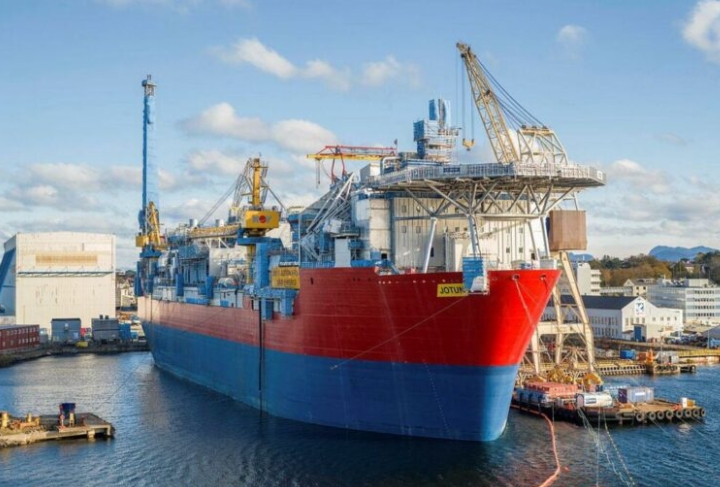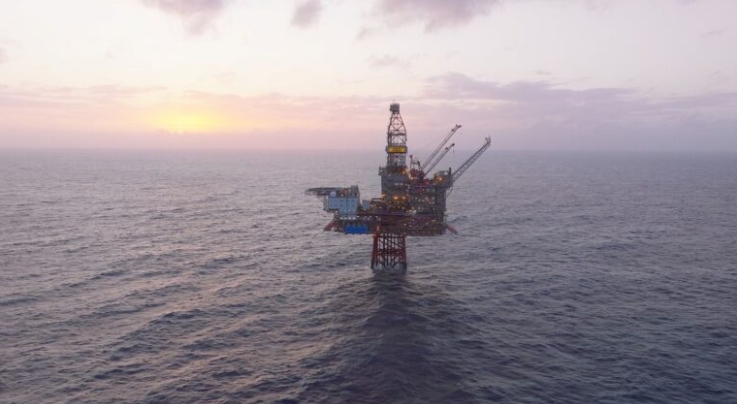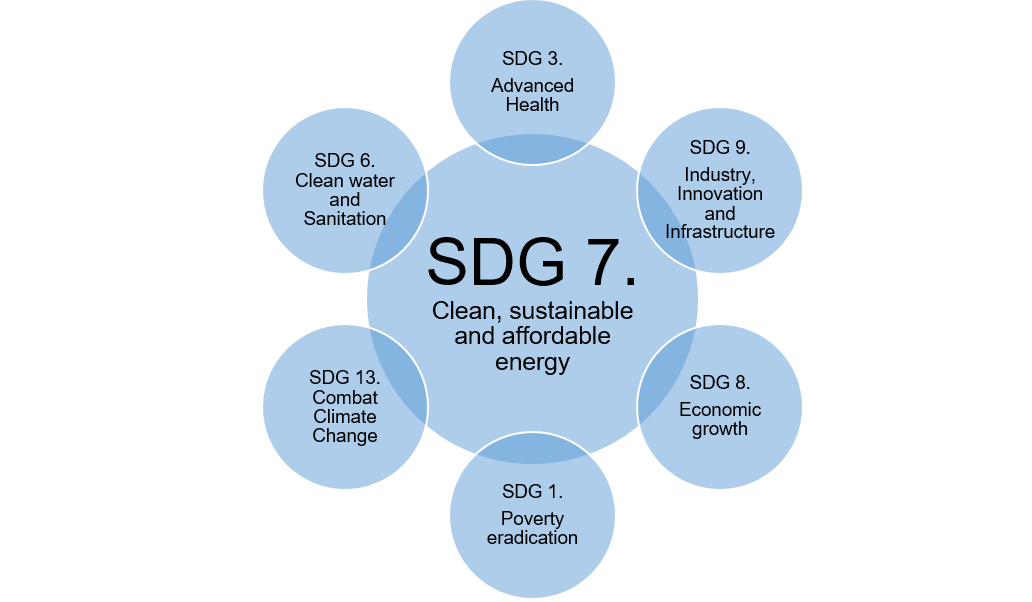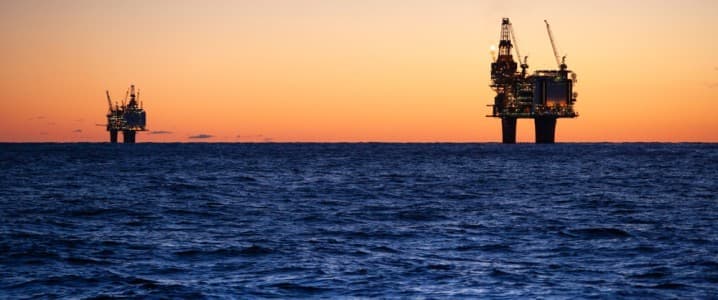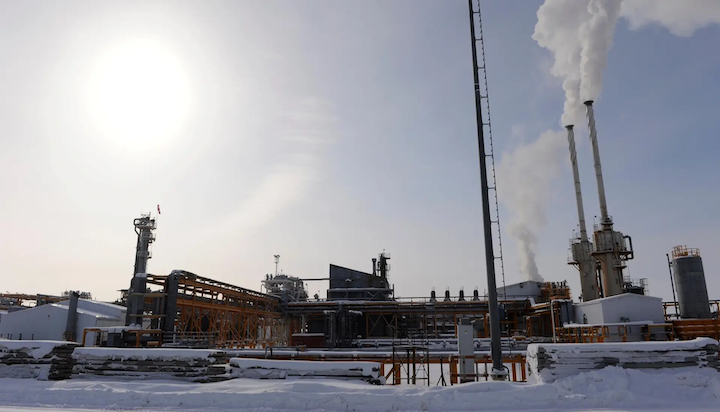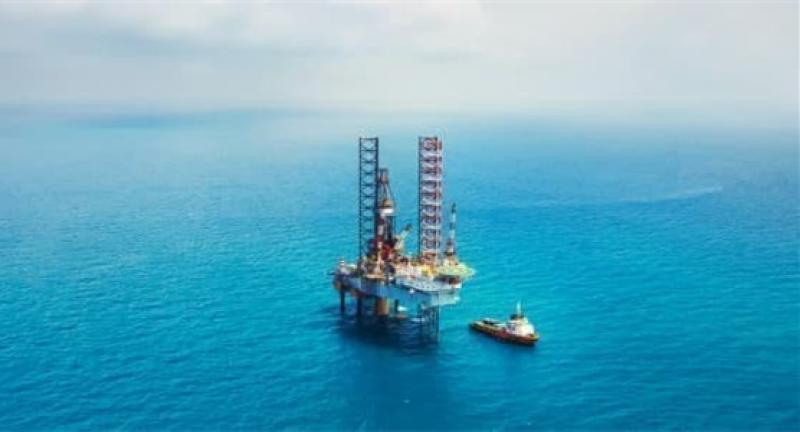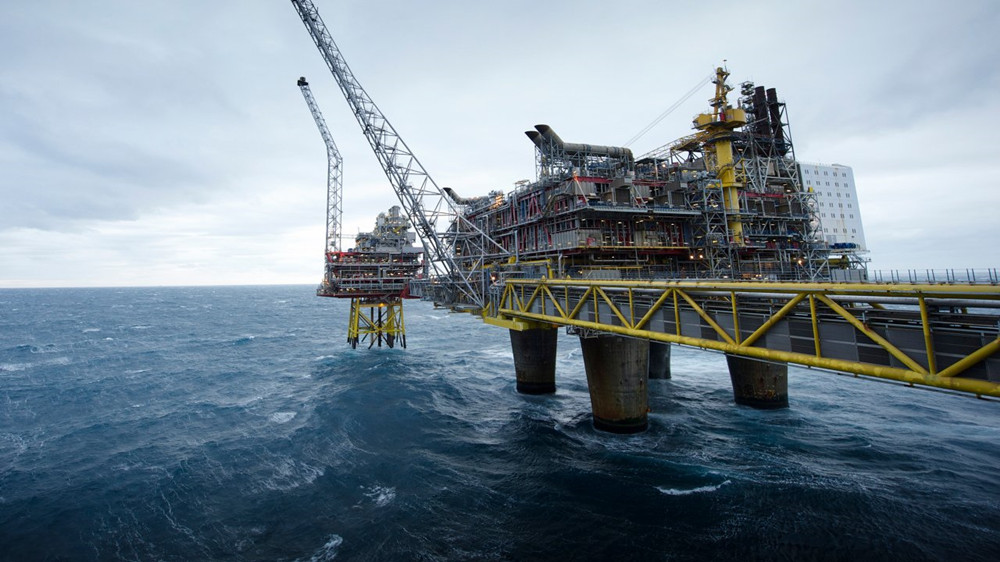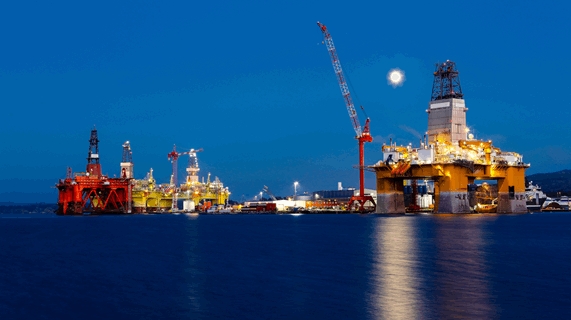
“The high production in 2024 was caused by high regularity on the fields and increased capacity following upgrades in 2023”, the Norwegian Offshore Directorate said on its website.
Earlier Equinor ASA said the Troll field on the Norwegian side of the North Sea produced a record 42.5 billion standard cubic meters of gas last year. The figure is equivalent to about three times Norway’s hydropower production in a normal year, according to the majority state-owned company.
Equinor, which operates the field with a stake of over 30.58 percent, said in a press release January 6, “This year's record is the result of high regularity, a year without turnarounds, as well as upgrades that have increased efficiency”.
Troll holds remaining reserves of 624.2 million standard cubic meters of oil equivalent, from the original recoverable reserves of approximately 1.77 billion standard cubic meters of oil equivalent. Gas accounts for 606 million standard cubic meters of oil equivalent of the remaining reserves while natural gas liquids comprise 15.3 million and oil 2.9 million, according to information on government website Norskpetroleum.no.
Norway’s total oil and gas production last year was the highest since 2009, reaching 240 million standard cubic meters of oil equivalent, according to the Directorate. The Troll and Johan Sverdrup fields in the North Sea contribute about 37 percent of hydrocarbon production on Norway’s continental shelf (NCS), the Directorate said.
Gas accounts for over half of production in Norwegian waters, it said, adding most of the gas is exported to Europe.
In the third quarter of 2024 Norway continued to be the European Union’s top pipeline gas supplier with a share of 47 percent, according to the European Commission’s latest quarterly gas market report published December 20, 2024.
“Production on the shelf is expected to remain at a stable, high level over the next two to three years, and will then gradually decline towards the end of the 2020s”, the Directorate added.
At the end of last year 94 fields were operating on the Norwegian shelf, according to the Directorate. In 2024 the Hanz and Tyrving fields in the North Sea came onstream, while no fields shut down, it added.
The Directorate expects the Castberg field on Norway’s portion of the Barents Sea to start production in the first quarter of 2025. “This will be important for oil production and further development of the Barents Sea as a petroleum province”, it stated.
“Several new fields are expected to come on stream over the next few years, but many will also shut down.
“Some previously shut-down fields are now being considered for redevelopment with a simpler development solution.
“One important reason why production remains at such high levels is that the fields are producing for longer than originally planned. New and improved technology has allowed us to continuously improve our understanding of the subsurface. This has enabled the industry to further develop the fields. New development projects, more production wells and exploration in the surrounding area have helped extend the lifetimes of most fields”.
This year the Directorate expects NOK 264 billion ($22.99 billion) in investments in Norway’s offshore oil and gas sector.
While increased activity has contributed to expected higher investments for 2024–26, “scarce capacity in parts of the supplier industry, a weakened Norwegian currency and growth in costs have led to higher cost and investment projections for 2024–2026 in particular, compared with what was presented at the end of 2023”, it said. “Higher drilling costs per development well also contribute to a higher level of investment”.
“We expect exploration activity and exploration costs to remain about the same as in 2024”, the Directorate added.
“Measures to reduce emissions and discharges from petroleum activities on the NCS account for a substantial share of the investments leading up to 2030.
“Despite the high level of activity in the industry, new investment decisions will be necessary to maintain activity in the future”.
Norway, now the top gas supplier for Europe having overtaken Russia, holds about 7.1 billion standard cubic meters of oil equivalent remaining resources in its continental shelf. The figure includes 3.5 billion standard cubic meters of oil equivalent undiscovered resources, according to the Directorate’s 2024 “Resource Report” published earlier.
